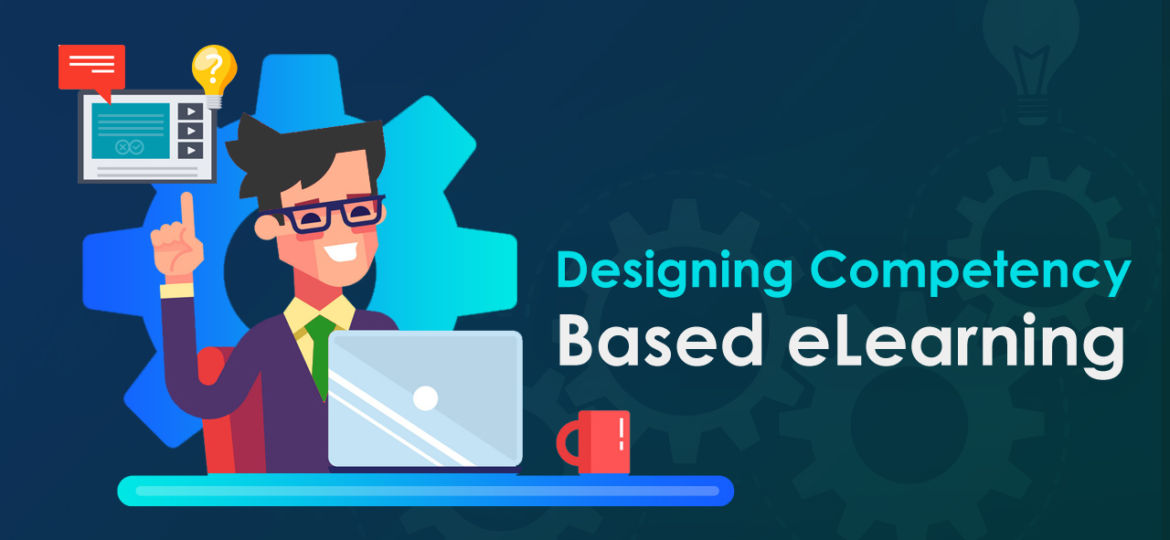
Competency is the key to performance. Without high-quality performance, no individual or organization can survive for long in today’s competitive market. Hence, it is extremely critical to develop the right competencies in the workforce. For this, we first need to understand what competency is.
What Is Competency-Based Learning?
R.W. White, an eminent thinker of performance motivation, first used the term competence. According to him, competence is a set of demonstrable characteristics and skills that enable and improve the efficiency or performance of a job. Competency is directly related to job performance.
Naturally, there is only one way to ensure competence in the workforce, learning the required skills to develop competence. Competency-based learning is a model of learning design that focuses on mastering the competencies required for a particular job.
The goal of a competency-based learning program is to ensure that the learner attains the required competencies. No wonder competency-based learning is becoming the preferred model of learning among the top organizations in the world.
After all, a competent workforce is key to the success of any organization. Organizations are now focusing their Learning and Development strategies around core competencies of their workforce.
The Uniqueness Of Competency-Based Learning
Competency is complex to define and every individual comes with a varied set of competencies. It is a person-dependent characteristic and every person will need a different learning path to attain the same level of mastery of competencies. This makes it challenging to design competency-based learning, especially in the eLearning domain.
Design Approach
According to learning experts from the industry, there are 3 critical aspects to be considered while designing competency-based eLearning.
- Evaluation
Competency-based learning design should start with an evaluation of the current competencies of learners. This can be attained by deploying mechanisms such as online tests, quizzes, etc. to evaluate behavior and thus identifying gaps in competencies that the learning intervention needs to fill. - Personalization
As mentioned earlier, competency is a personal aspect; naturally, the learning design of a competency-based curriculum should be able to personalize the learning experience based on the result of the evaluation phase. The learning system should be able to create, retain, and update a personal learning profile. - Tracking
Once the learner starts attaining competencies, it is critical to examine whether the learning intervention identifies and tracks the progress of the individual learner. Without tracking, the entire learning design will be fruitless.
Designing An Effective Competency-Based eLearning Program
Unlike common eLearning programs, competency-based eLearning encompasses careful consideration of learning design, learning modules, and Learning Management Systems.
- Learning design
Learning design is a four-stage process used to arrive at a defined learning path. The process starts with the analysis of business needs and tasks the users need to accomplish to attain business goals. This leads to the identification of core competencies. Once core competencies are identified, the users undergo skill assessment where their current level of competency is evaluated. Based on the evaluation result, a learning path for meeting the gaps in competencies is defined.

- Learning modules/assessment modules
Once the core competencies are identified, learning modules and assessment modules are created. These include typical web-based learning, videos, snippets, microlearning components, and any other learning materials as per the identified competencies. Assessment modules are also created. - Learning Management Systems
All the components of the above two are integrated into the Learning Management System. All competencies are mapped against relevant users, assessment modules are integrated, and learning material is pushed to the learner as per defined learning path. Finally, evaluation and tracking are done to ensure users attain the required competencies.
Designing competency-based learning is an intensive exercise and needs specialized learning and Instructional Designers to implement.
What Are The Benefits?
A competency-based learning approach offers many benefits, some of which include:
- Addressing the immediate and exact needs of businesses
- Ensuring the highest Return On Investment as it focuses on job-related skills
- Giving personalized learning experience to learners that promote engagement and efficiency
- Effectively using learning material and learning time
- Ensuring learning outcomes and business results
Conclusion
Competency-based learning is a comparatively modern approach to learning design. It is gaining immense popularity by industry-leading corporates as well as universities since it shows a definite improvement in skills and job results. On one hand, businesses can ensure that their workforce is competent for the task they are assigned to, and on the other hand, users are confident that they are equipped with the right knowledge to perform their tasks.
